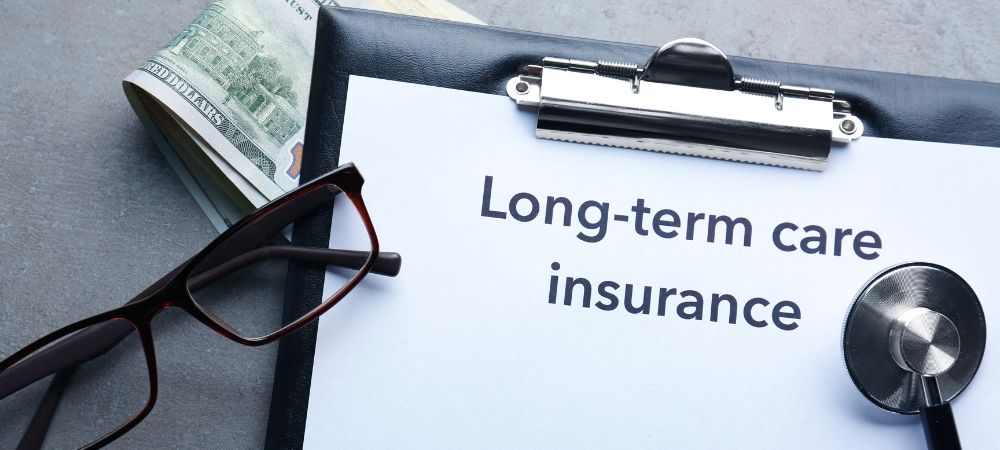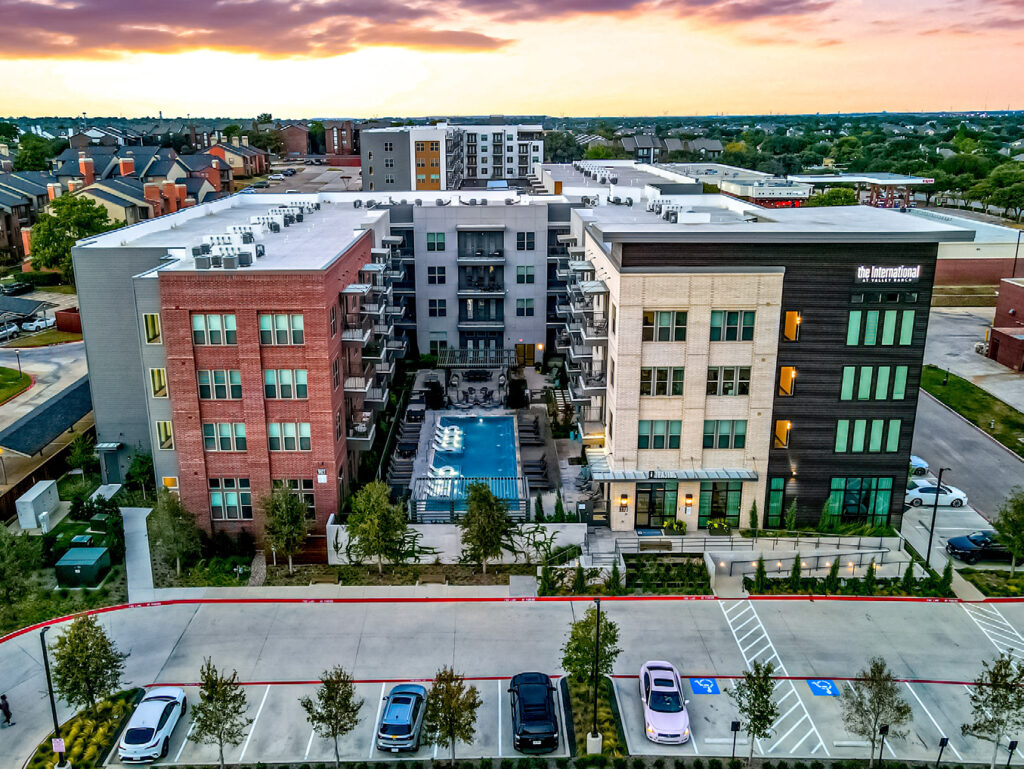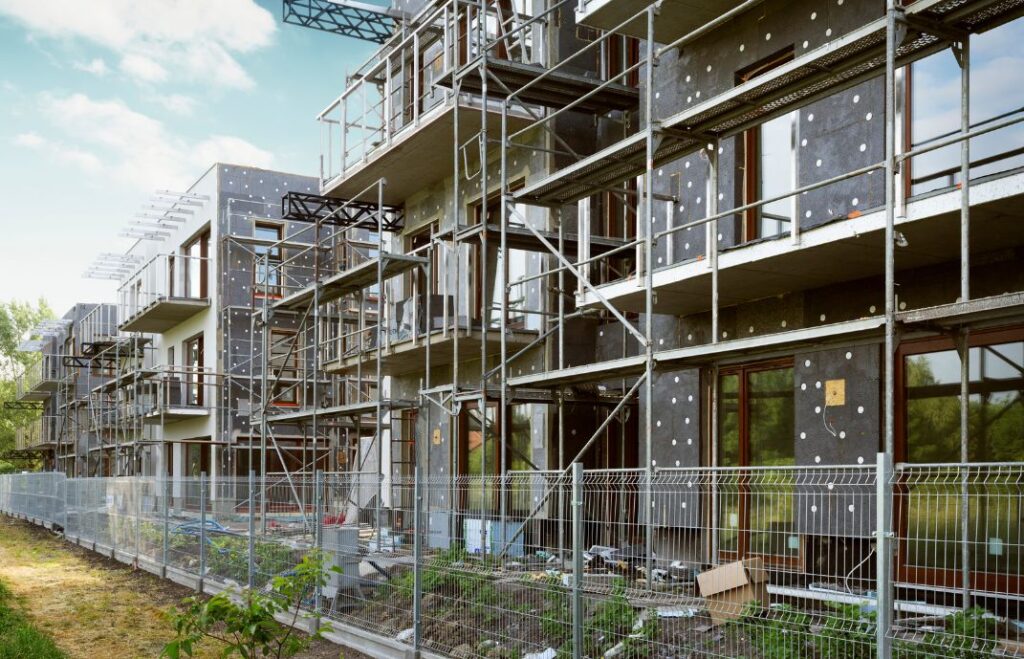
By Rick Tobin
For many American homeowners, the bulk of their net worth is created by the long-term equity creation in their primary home. Later in life, the home wealth may be used as a way to pay for medical expenses for the homeowners or other family members whether or not they have sufficient amounts of medical or life insurance benefits.
Here in 2025, the big three monthly expenses for a high percentage of Americans are medical, insurance, and housing costs for both owners and renters. Today, these big three costs are all at or near all-time record highs. As a result, this combination of so many unaffordable expenses are financially draining for more people and it’s incredibly challenging to set aside cash reserves.
article continues after advertisement
The #1 cause of financial insolvency and bankruptcy filings here in the U.S. is directly related to unpaid medical bills. Some past surveys found that upwards of 80% of those Americans who were forced to file for bankruptcy due primarily to medical bills did, in fact, have medical insurance coverage in place at the time.
Sadly, the medical insurance coverage wasn’t high enough to cover the medical bills and/or the cash payment deductibles required to pay these bills weren’t achievable for many cash-strapped medical patients or their families.
Debt, Divorce, and Home Listings

The #2 cause of financial insolvency for Americans is due to divorce which, in turn, is most likely associated with financial stress between the once loving married couple. Oftentimes, the unpaid medical bills for one or both spouses were the major financial strain that led to both significant money pressures and the subsequent divorce, tragically.
Here are marriage, family, and divorce trends that I’ve compiled and shared over the years in articles and books as it partly relates to the most important family word that’s located right in the middle of the “single-family home” description:
Marriage and Divorce Trends
* The overall divorce rate in Orange County, CA is 72%; it’s 60% in California; and 50%+ nationwide.
* 41% of first marriages end in divorce, 60% of second marriages end in divorce, and 73% of third marriages end in divorce.
* The average length of a marriage in the U.S. that ends in divorce is 8 years from start to finish.
* Couples who spent more than $20,000 on their wedding were 3.5 times more likely to divorce than those who spent between $5,000 and $10,000, as per Emory University.
* Unmarried parents who live together are more likely to break up than married parents, per the Brookings Institute.
* Since 1990, divorce rates for people over 50 have doubled; they’ve tripled for people over 65.
* The U.S. now has the highest percentage of single-person households in the world and lowest marriage rates ever.
* U.S. fertility rates are the lowest ever, as fewer babies are born.
* USA is #1 for highest teen pregnancy rate in the industrialized world.
* Approximately 50% of children are born to unmarried women under 30 here in the USA.
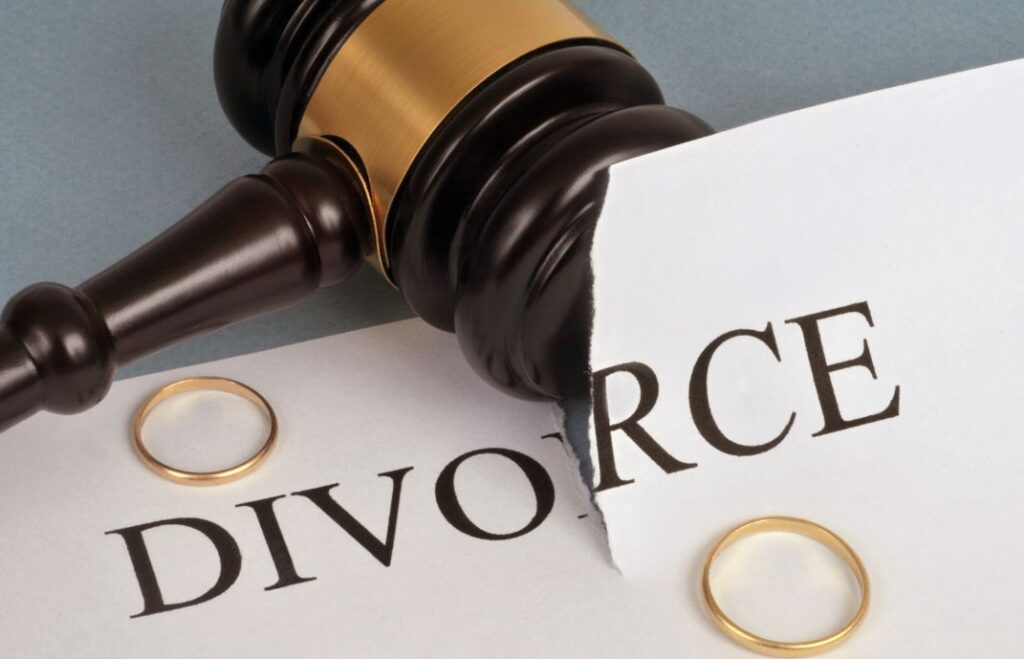
These ongoing declining marriage and family trends will likely negatively impact future single-family home trends at some point in the future.
The divorce then inspires the homeowners to sell their family home to pay off both the unpaid medical bills and the rising legal costs associated with the ongoing divorce and unpaid collections related to the medical bills.
There are more than 1.2 million spouses involved in a divorce nationwide each year, as per sources like the CDC. Roughly 61% of all divorcees involved in a divorce end up listing their primary family home which, in turn, works out to more than 732,000 home listings per year that are as a result of divorce, per sources like Smart Agents.
Because there’s an epidemic of skyrocketing unpaid medical bills, financial insolvency, and subsequent divorces, there’s an increasing number of real estate agents who focus on divorce listings for homeowners who really have very few options but to sell their beloved family homes to pay off their expenses.
Medical Debt, Insufficient Insurance & Bankruptcy
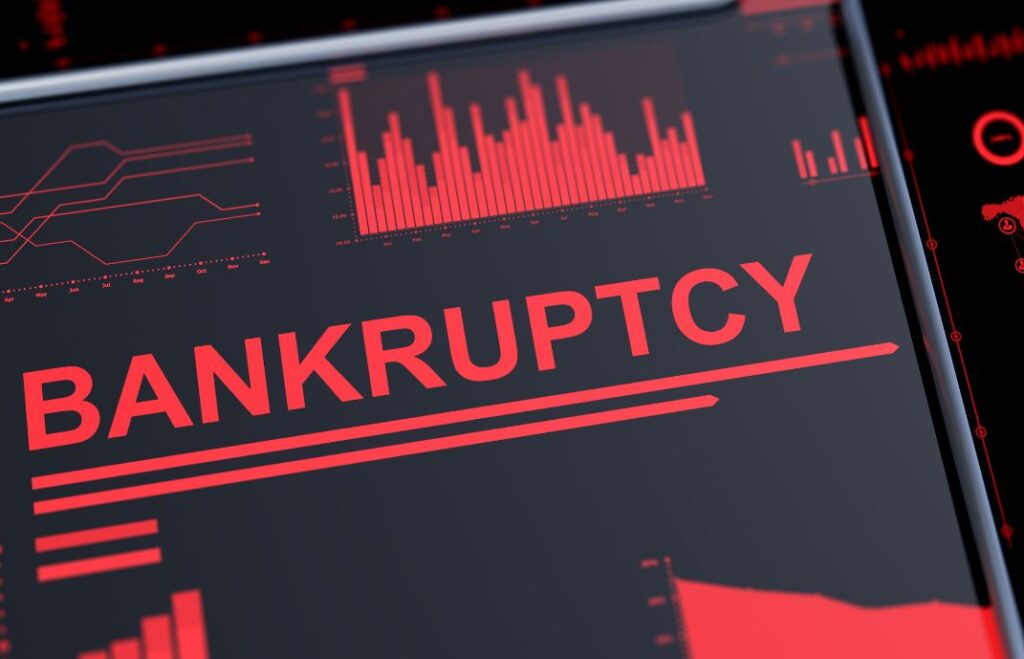
An estimated 100 million Americans owe more than $220 billion dollars in medical bills despite the passage of the Affordable Care Act (ACA) back in 2010.
Approximately two-thirds, or a rather devilish 66.6% of Americans, who file Chapter 7 (complete liquidation) or Chapter 13 (bankruptcy payment plan over a few years) bankruptcy do so primarily due to unpaid medical bills, according to sources like SmartFinancial. As per this same medical bill and bankruptcy analysis, it’s equivalent to 550,000 people each year who file for medical bill-related bankruptcy protection even though 80% of these same indebted consumers had health insurance coverage at the time of their bankruptcy filing.
There are many more U.S. consumers who have unpaid medical bills who don’t file for bankruptcy protection than those people who do file for bankruptcy by a factor of more than 30-to-1.
article continues after advertisement
For example, upwards of 14 million people, which is about 6% of American adults, owe more than $1,000 in unpaid medical bills. Additionally, another three million Americans owe more than $10,000 in medical bills. If true, this works out to 17 million Americans with unpaid medical debt as compared to 550,000 Americans who file for bankruptcy each year due partly to medical debt at a ratio of more than 30-to-1.
These unpaid medical bills can later end up as collection accounts with more aggressive debt collectors who may report the debt on a consumer’s credit report. If so, the declining credit scores for certain consumers can make it very challenging to qualify for various types of consumer loans such as for credit cards, automobile, business, and mortgage loans.
Homeowners who have too much wealth to file for bankruptcy protection from unpaid medical bills do have several ways to pull cash out of their home or investment properties as I’ve shared in past articles such as How to Leverage Real Estate to Reduce Medical Debt.
Is insurance the new “mortgage” payment?
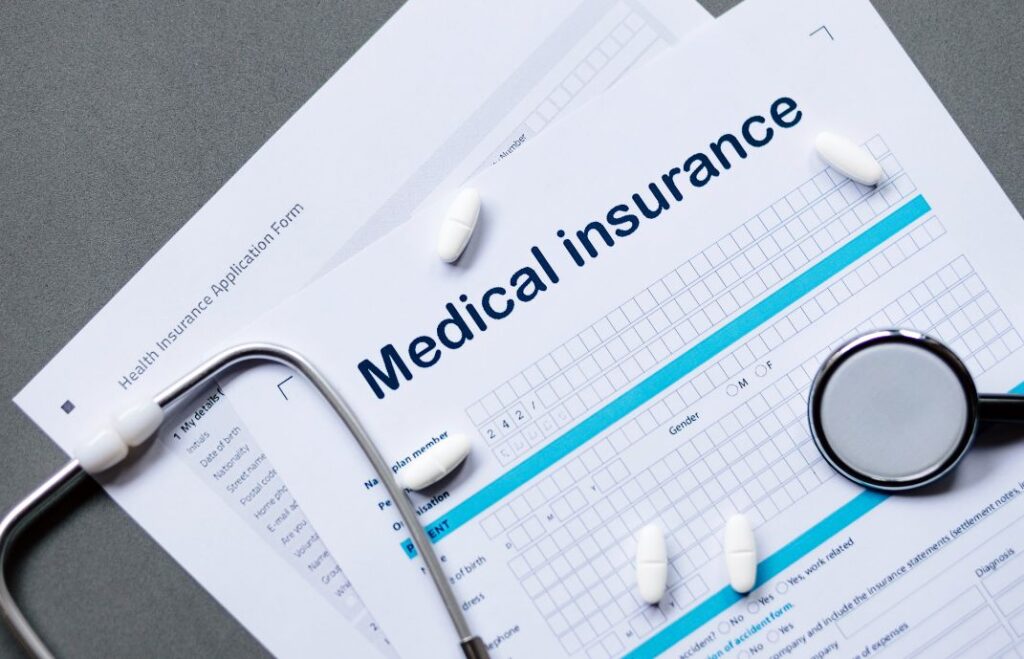
An increasing number of Americans may pay more for medical insurance each month than they do for housing expenses as either a homeowner or tenant. For others, they may pay more each month for homeowners or landlord insurance premiums than they do for mortgage or rent payments, especially in certain high-risk insurance regions like Florida and California.
Past articles from sources like the New York Times have described health care insurance payments as the “new mortgage” for many homeowners who are now struggling to pay their medical bills, insurance, and housing costs in addition to other regular bills like groceries.
In this linked New York Times article entitled How the High Cost of Medical Care is Affecting Americans (December 18, 2024 publishing date), two shockingly high medical bill examples in that article were as follows:
* A bill of over $40,000 for the 20 minutes it took for a doctor to stitch a cut.
* An ambulance ride of just 200 feet cost $3,421.
Younger married couples may pay more for monthly child care than they do for their monthly housing costs. If so, these rising costs for parents who want one or more children may not be financially practical for them, sadly. This is one major reason why U.S. fertility rates are now at all-time record lows.
In many high-risk flood, storm, or fire regions, the monthly homeowners or landlord insurance premiums might’ve increased somewhere between 25% and up to as high as 1,000% in recent years. As a result, the monthly insurance premiums may be much higher than the mortgage payment as I’ve shared in recent articles such as The Drying Disaster-Relief Insurance Pools.
The Housing and Insurance Umbrella Protection

The greatest form of wealth is good health and happiness. We should all focus, first and foremost, on being as healthy as possible. Otherwise, the outrageously expensive medical bills and rising out-of-pocket deductible cash payment requirements can be financially devastating.
The insurance, real estate, mortgage, and medical sectors are all tied together in many ways with money being the root link between them. We all need sufficient amounts of insurance protection to protect us from any potential known or unknown future risks for both our properties and our bodies.
If someone doesn’t have enough insurance protection in place for medical expenses and/or housing, then he or she might end up penniless and in bankruptcy court.
Again, you’re more likely than not to create the vast majority of your overall net worth from the equity gained in the ownership of your primary home. However, you’re also likely to end up broke by future unpaid medical bills that may or may not be paid 100% by your insurance carrier if you’re fortunate enough to have any medical insurance at the time of the medical billing.
It’s generally very wise to reach out to your most trusted insurance, real estate, and mortgage advisors to assist you with the most creative, affordable, and safest combinations of financial planning that can keep you and your family protected like a sturdy umbrella in an approaching dark and destructive rainstorm.

Rick Tobin
Rick Tobin has worked in the real estate, financial, investment, and writing fields for the past 30+ years. He’s held eight (8) different real estate, securities, and mortgage brokerage licenses to date and is a graduate of the University of Southern California. He provides creative residential and commercial mortgage solutions for clients across the nation. He’s also written college textbooks and real estate licensing courses in most states for the two largest real estate publishers in the nation; the oldest real estate school in California; and the first online real estate school in California. Please visit his website at Realloans.com for financing options and his new investment group at So-Cal Real Estate Investors for more details.
Learn live and in real-time with Realty411. Be sure to register for our next virtual and in-person events. For all the details, please visit Realty411.com or our Eventbrite landing page, CLICK HERE.


